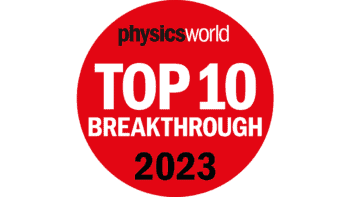Roasted chile is a culinary specialty of New Mexico that is made by roasting the red and green chilli peppers that are grown in the US state. Commercial production usually involves propane burners and has a significant carbon footprint. In this episode of the Physics World Weekly podcast we meet the engineer Ken Armijo, who has created a green way of making chile using solar energy.
Armijo grew up on a chile farm and now works at the National Solar Thermal Test Facility at Sandia National Laboratories in New Mexico. He used the facility’s solar concentrator to roast an heirloom variety of pepper supplied by his father and then did a taste test. He chats with Physics World‘s Margaret Harris about the experience.
Also in this episode, we meet three people who have created a board game based on the Diamond Light Source, which is the UK’s national synchrotron lab. Diamond’s Mark Basham and Claire Murray and the games designer Matthew Dunstan explain how “Diamond: The Game” simulates how science is done at the facility. They also chat about how the game is being used at secondary schools to inspire students to pursue careers in science – and about the challenges of making the game as accessible as possible.
- Basham, Murray, Dunstan and colleagues have written a paper about their game which can be read here (open access).



